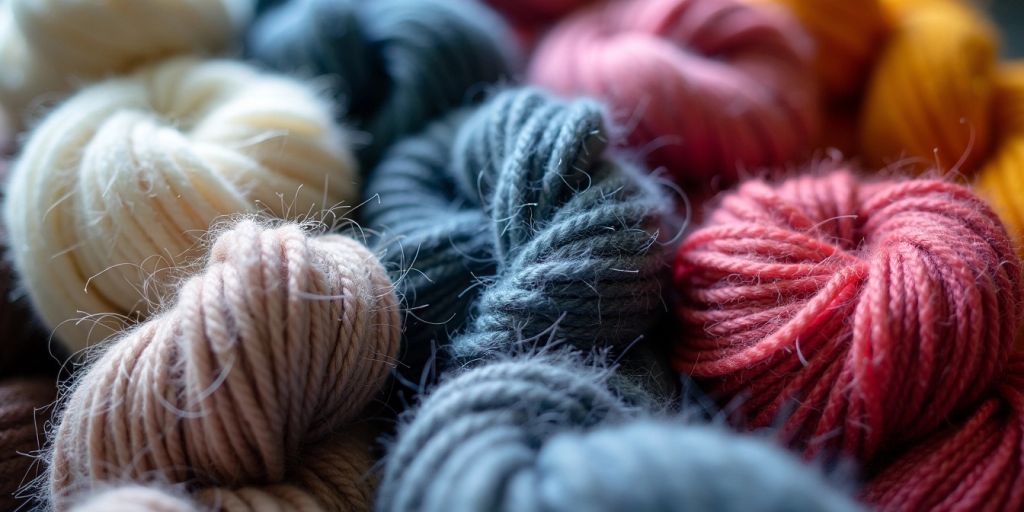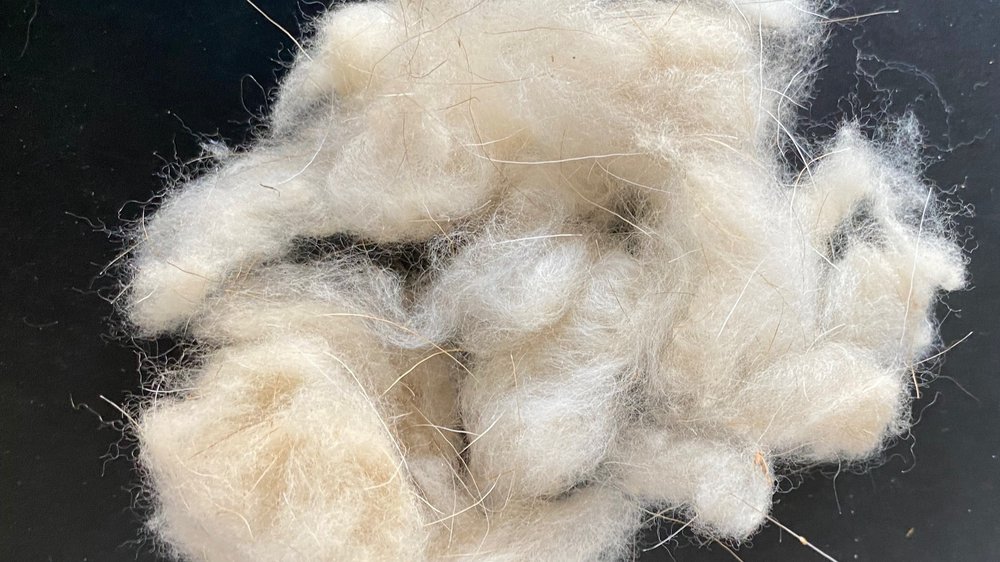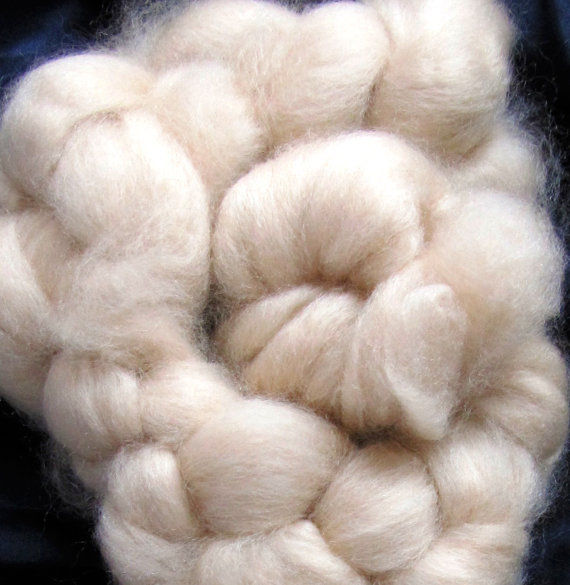Discovering What Material Is Cashmere and Its Role in Premium Clothing
Discovering What Material Is Cashmere and Its Role in Premium Clothing
Blog Article
Reasons You Must Require Cashmere a Natural Fiber for Comfort and Sophistication in Everyday Put On
In the realm of textiles, couple of fibers equal the high-end and comfort of cashmere. This one-of-a-kind product, understood for its superior soft qualities and insulation, provides unparalleled comfort and beauty for everyday wear. What establishes it apart from other fibers? How does it influence the setting and exactly how does it contrast to artificial alternatives? Just how can one best utilize cashmere to raise their design? These intriguing inquiries lay the structure for an informing expedition right into the globe of cashmere.
Understanding the Luxurious Nature of Cashmere

Evaluating the Comfort Factor of Cashmere Attire
What qualities underscore the convenience aspect of cashmere garments? The gentleness of cashmere is the very first quality to consider. Its deluxe appearance makes it really feel like a second skin, providing heat without the weight or itching related to various other woollen products. Furthermore, cashmere's one-of-a-kind fiber framework permits breathability, regulating temperature level and stopping overheating. The product's flexibility and toughness make sure that it molds versus the body easily, maintaining its form gradually. Cashmere's hypoallergenic homes likewise add to its comfort, making it an ideal option for sensitive skin. Last but not least, the capability to layer cashmere items without bulkiness enhances the comfort aspect. Fundamentally, the comfort of cashmere is originated from its soft qualities, breathability, sturdiness, hypoallergenic nature, and versatility.

The Ecological Influence and Sustainability of Cashmere
While the convenience and elegance of cashmere are unquestionably appealing, it's similarly crucial to consider its partnership with the setting. Cashmere manufacturing, largely in Mongolia and China, involves raising cashmere goats, which can significantly stress delicate grassland ecological communities because of overgrazing. This can result in desertification, a pressing environmental issue. The handling of cashmere, including washing and dyeing, can also contribute to water air pollution if not correctly handled. Efforts are being made to develop lasting cashmere production approaches, such as rotational grazing and cleaner handling techniques. While cashmere has ecological impacts, its sustainability greatly depends on manufacturing practices.
Contrasting Cashmere to Artificial Fibers: A Cost-Benefit Analysis
Despite its environmental challenges, cashmere presents an unique set of benefits over artificial fibers. Cashmere's all-natural fibers use unmatched soft qualities and heat, equating into comfort that synthetic fibers battle to match. Unlike artificial web fibers, cashmere does not contribute to microplastic pollution, making it a more sustainable option.
Styling Tips With Cashmere for Everyday Elegance
Having considered the cost-benefit evaluation of cashmere contrasted to synthetic fibers, it becomes clear why this luxurious product is a preferred option for many. When styling cashmere for day-to-day style, simplicity is key. A cashmere coat, as an example, can be coupled with tailored trousers or a smooth skirt for a chic, put-together appearance - cashmere fibre. For a much more casual set, a cashmere cardigan used over a simple tee and jeans exudes easy style. Devices can even more elevate the appearance: a statement locket or scarf can include a pop of shade to a neutral cashmere piece. Inevitably, the inherent elegance of cashmere makes it a versatile addition to any kind of wardrobe, see this easily enhancing day-to-day outfits with a touch of deluxe.

Final Thought
In summary, the remarkable properties of cashmere make it a valuable addition to any closet. Its glamorous feel, breathability, versatility, and convenience to differing temperatures are unmatched. Furthermore, cashmere's sustainability and lower useful link ecological impact contrasted to synthetic fibers better improve its appeal. The classic elegance of cashmere, combined with its convenience, adds refinement to daily wear. Consequently, buying cashmere garments is a rewarding decision for convenience, style, and sustainability.

Report this page